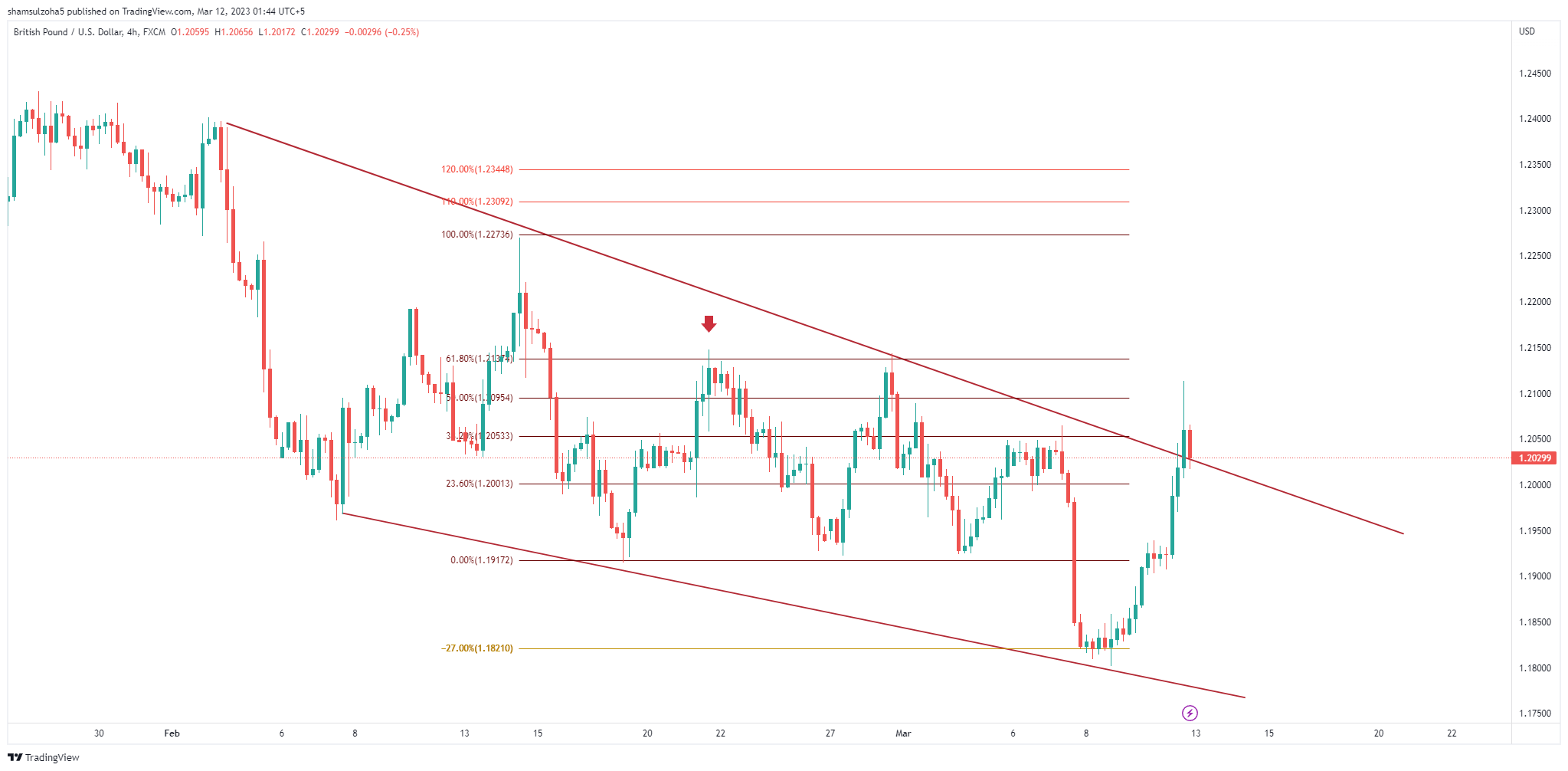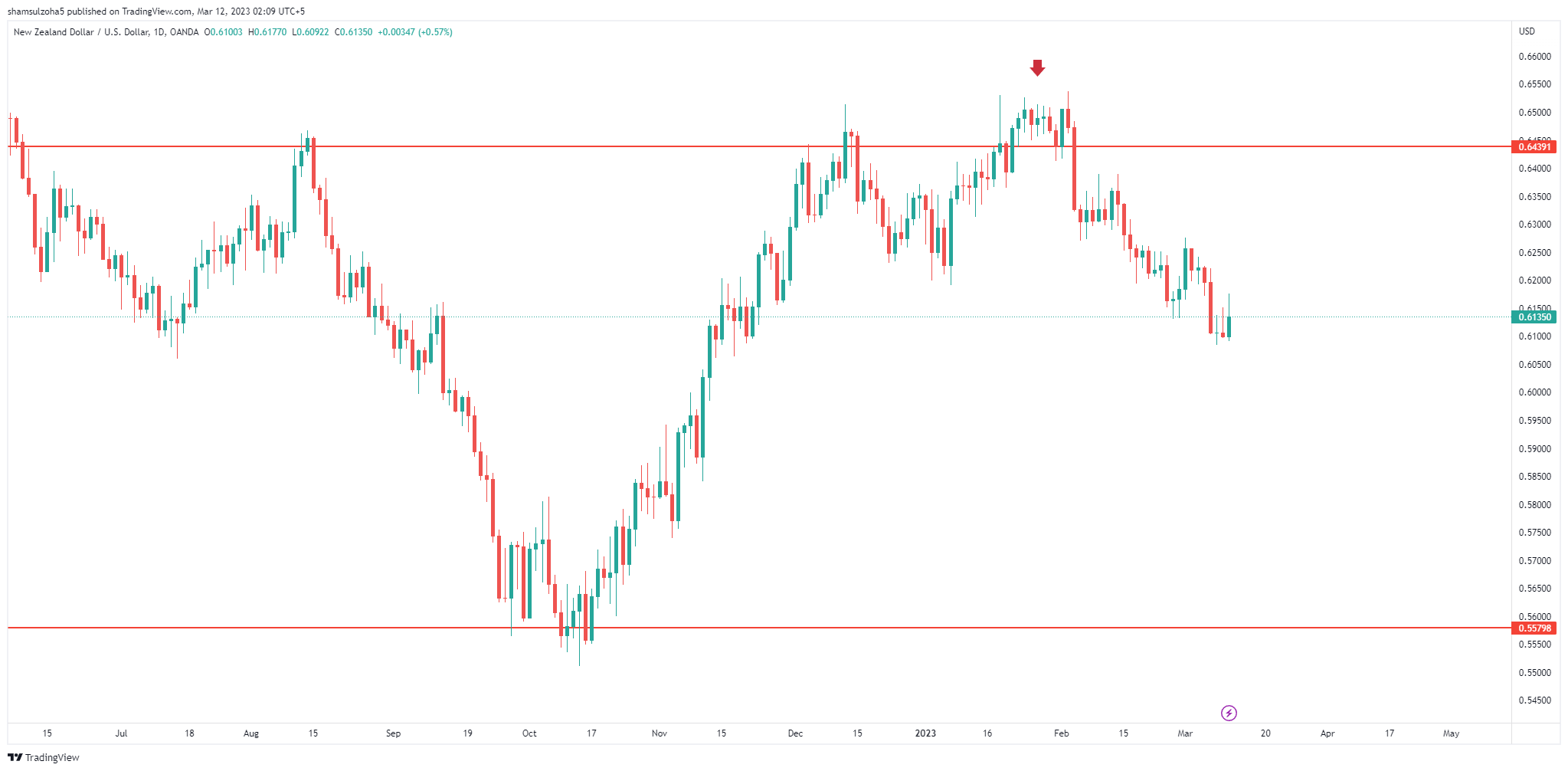Scalping, day, and swing trading: Which type of trader are you?
Hundreds and thousands of traders try their luck daily in the financial markets. Only 5-10% of the total lot reaches the pinnacle of trading, known as consistency. While it sounds easy, achieving long-term success depends on several factors.
Determining your trading style can help you get closer to consistently profitable traders. If your personality and market approach do not go hand in hand, there is a high chance you’ll liquidate the portfolio. You may have heard some notorious terms like a day, swing trading, etc. Let us go through each in detail and determine where you fall regarding trader classification. Additionally, if you are a newbie in the financial markets, you can use the MT5 download for PC option within your broker to get a taste of the best trading platforms.
Scalpers
Scalpers are also known as hit-and-run traders. They are in the markets for a short time, probably seconds or at max a minute or two.
An excellent example of scalping is news trading. The scalper places buy or sell stops just before an important economic event is about to happen. They may also adjust stop loss and take profit level to ensure a safe trade. The sudden small moves of 5-10 pips which may occur during the news release, are enough to end the day in profit.
Scalpers can also trade throughout the trade, grabbing a pip here and there. Their primary focus in this scenario is to make many profitable trades.
How to determine if you are a scalper
To be blunt, if you hate waiting or lack patience, then scalping is definitely the way to go. Ask yourself, “How do I typically have my breakfast?”. If the answer is I don’t care or don’t like wasting any time, so I’ll grab anything, then you, my friend, are a scalper.

Scalpers usually trade on the M1 or the M5 timeframe. Here a scalper finds a ranging market on EURUSD. They plot the specific support and resistance levels, wait for the market to retrace back to the top, and take a short position with a bearish engulfing candle. The profit is 5-10 pips with a risk: reward ratio of 1:1.
Day traders
Day trading constitutes one of the most crowded classes of traders. This market approach involves placing trades and holding them through the trading day across several sessions. It is most common in stock and currency trading.
Day traders stay tuned on fundamental and technical aspects of trading. They utilize price action, expert advisors, incoming news, etc., to maximize their positions.
How to determine if you are a day trader
If you are a semi-patient individual making multiple trades throughout the day, then you are a day trader. Day trading is also taken as a full-time job. Many market participants take it as their primary source of income. You might fall into this trading class if you make good money by holding positions for a few hours.
Day traders commonly employ price action techniques. It involves analyzing the charts, drawing support/resistance lines, using indicators such as moving averages, and identifying supply and demand zones. The most common time frames are M30, H1 and H4.

A day trader analyzes the downtrend on the H4 chart at GBPUSD. Consequently, they plot the red lines, which shows a clear picture. To help with the entries, they use the Fibonacci intervals, which point out the most probable trend continuation points. They place a short position as soon as the market reaches the 61.8% level.
A precise scenario of a day trade in the image above can help identify if your trading attributes match those of a day trader. These investors are generally patient with their positions and have ample time on their hands to manage the trade throughout the day.
Swing traders
Swing trading involves placing and holding trades through days, weeks, or even months at the end.
Like day trading, swing traders stay tuned on fundamental and technical aspects of trading. They may emphasize the fundamental elements, as economic events generally cause long-term price movements.
How to determine if you are a swing trader
You can classify yourself as a swing trader if you are an extremely patient individual. These investors have a long-term investment horizon as they hold positions for a significant duration. They may also trade less frequently in contrast with scalpers or day traders and use the daily or weekly chart to analyze the markets. The stop loss and take profit levels are also wide for swing traders as small exit points can get hit easily. They are generally found scanning the daily or weekly charts for trading opportunities. Some can even go as high as the monthly timeframe.

The daily chart on the NZUDSD shows a strong supply zone at the 0.64391 mark. A swing trader marks the area with a red line and waits for the market to retrace before taking a short position. The take profit can be placed at the next demand zone with the stop loss just above the candle wick.













